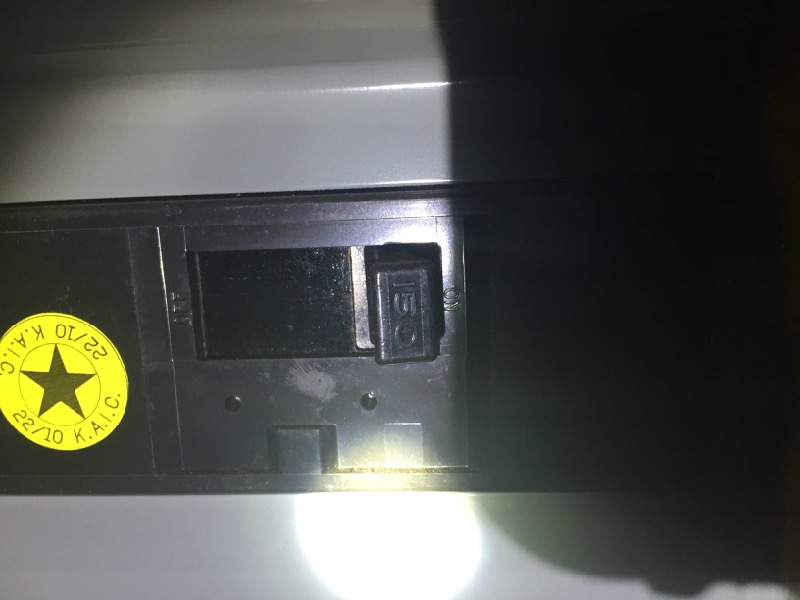It is required that the entire electrical supply to the home be able to be shut off with six or fewer moves of the hand. This can be in the form of one or more knife switches, one or more fuses or fuse blocks, and, most commonly and in more recently built homes, by throwing the breaker(s).
If the supply cannot be disconnected from one location in this manner, the home inspector should report that the system is in need of repairs or upgrade.
Types of Disconnect
Different systems are in common use today, depending on the age of the property:
- knife switch: This is the oldest type of disconnecting means. We all remember the old horror movies where Dr. Frankenstein was shown energizing his creation. The switches he used were knife switches.
- fuse blocks: Often called mains and range panels, the electrical supply is shut down by pulling the two fuse blocks from the panel.
- breaker(s): This is the most common type of disconnect we encounter. Throwing one or more breakers shuts off the electrical power. In most cases, we see a single main breaker, but there are “split-bus” panels where the homeowner would need to trip several breakers to effect a total shut-down.
The rating (or fuse or breaker size) of the disconnect relates to the total amperage available within the home. If the main disconnect is, for example, rated only at 100 amps, it doesn’t matter that the SECs are rated for 200 amps.

